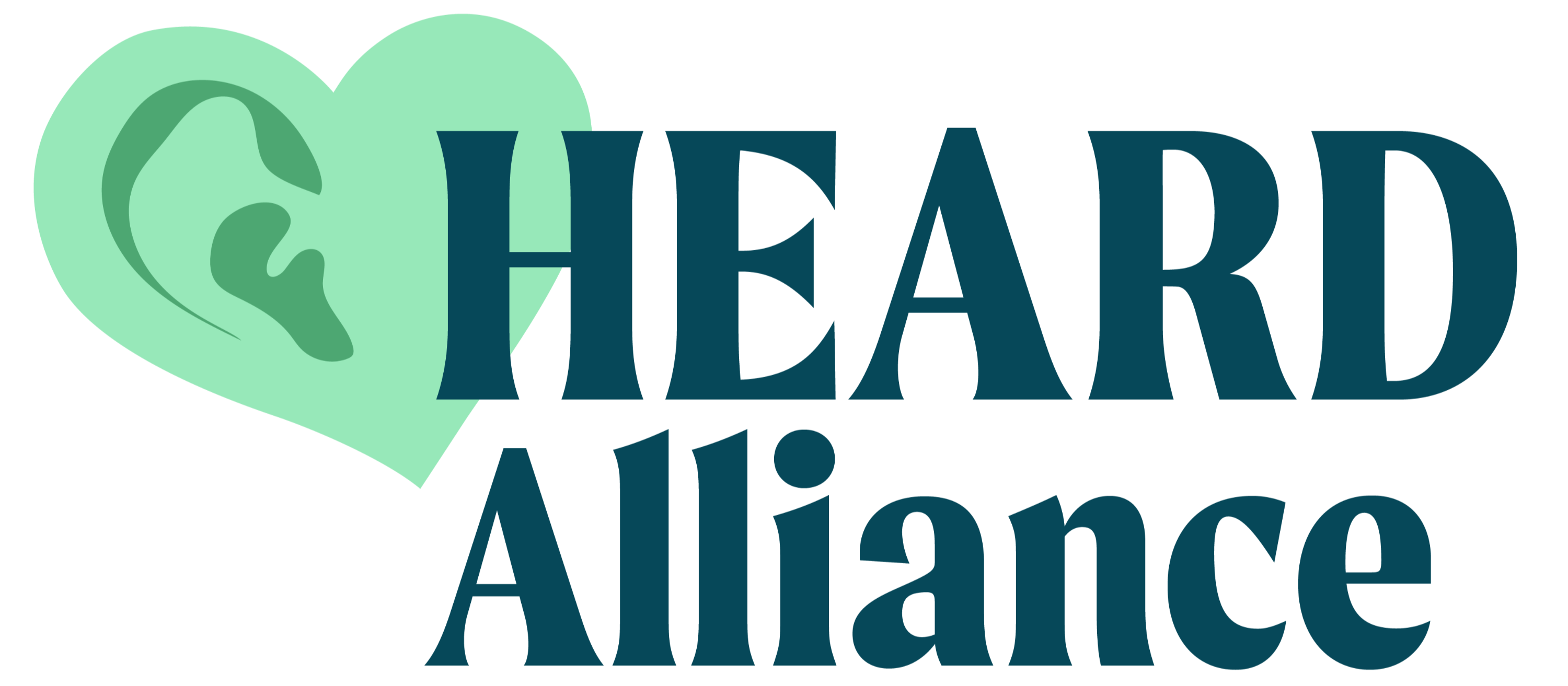This website is currently under construction. For up-to-date information, please visit heardalliance.org.

Recognizing and responding to risk: the role of clincians


Discover key strategies for effective intervention during a mental health crisis.
Suicide remains a leading cause of death among youth, making it imperative for health providers to be equipped with the skills and knowledge necessary to recognize and respond to suicide risk. Timely intervention can be lifesaving, and clinicians play a pivotal role in assessing risk, ensuring safety, and connecting young individuals to the care they need.
For a full overview of how clinicians can approach youth mental health promotion, view the Clinician Toolkit.
1. Ask directly about suicide.
One of the most crucial steps in suicide intervention is asking youth directly about suicidal thoughts and plans. Using evidence-based approaches such as QPR (Question, Persuade, Refer), health providers should confidently ask about suicidal ideation when warning signs are present.
Research confirms that directly asking about suicide does not implant the idea but instead fosters open communication, reduces stigma, and offers hope.
2. Assess suicide risk and develop a safety plan.
When a young person presents with suicidal thoughts or behaviors, a comprehensive suicide risk assessment should be conducted. This includes evaluating the severity of their ideation, intent, plan, and access to means.
A Personal Safety Plan should be developed collaboratively, outlining: Personal warning signs of a crisis, coping strategies the individual can use independently, trusted social supports to reach out to, professional resources, including crisis hotlines and therapists, and steps to create a safer environment by restricting access to lethal means. This plan serves as a structured guide for both the youth and caregivers, reinforcing resilience and reducing impulsivity during moments of distress.
3. Ensure immediate safety and limited access to lethal means.
For individuals at high risk, immediate action is necessary to ensure their safety. Providers may need to arrange for continuous supervision or hospitalization if the risk of self-harm is imminent.
Additionally, lethal means reduction is a critical suicide prevention strategy. Providers should counsel youth and families on securing or removing firearms, medications, sharp objects, and other potential methods of self-harm. This step significantly reduces the likelihood of impulsive suicide attempts.
4. Facilitate appropriate referrals and follow-up.
Access to specialized mental health services is essential for ongoing support and recovery. Health providers should maintain strong referral networks and ensure timely connections to mental health professionals, crisis services, and community-based support.
Follow-up is equally important.
A simple phone call, check-in, or follow-up appointment demonstrates continued care and reinforces the youth’s connection to support systems. Regular follow-ups help track progress, address emerging concerns, and ensure the youth remains engaged in treatment.
5. Involve and support parents, guardians, and caregivers.
For minors experiencing a suicidal crisis, involving parents or guardians is vital—unless doing so would place the youth at further risk. Providers should communicate openly with caregivers, offering guidance on supporting their child, recognizing warning signs, and accessing community resources.
Additionally, parental self-care should not be overlooked. Caring for a suicidal youth is emotionally taxing, and providers should encourage caregivers to seek their own support when needed.
6. Collaborate and coordinate with schools and broader community.
Schools are often the first to observe warning signs of a student in crisis and can play a crucial role in real-time intervention and safety planning for at-risk students.
Health providers should also coordinate with school staff during a suicidal crisis to ensure a cohesive and immediate response that prioritizes the safety and care of the individual in crisis as well as the broader student body in the aftermath of a crisis.
Access the Clinicians Youth Mental Health Promotion & Suicide Prevention Toolkit










